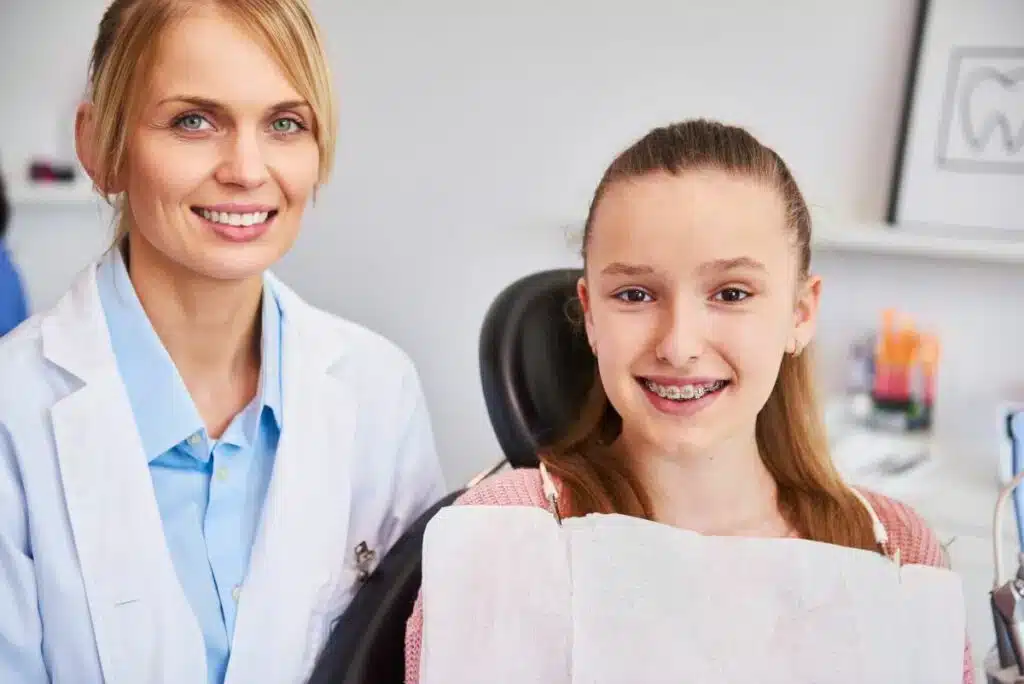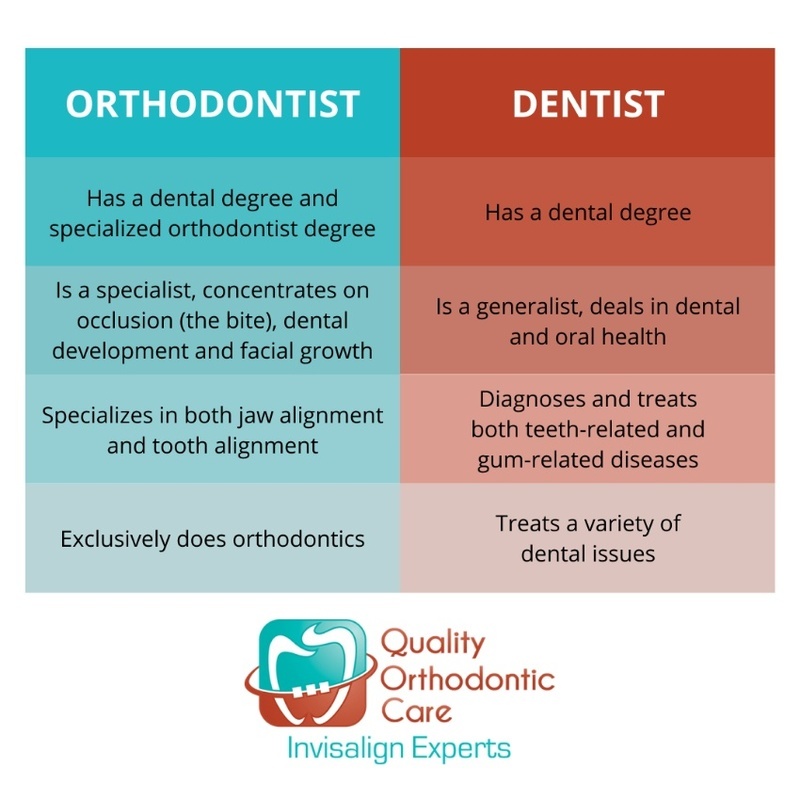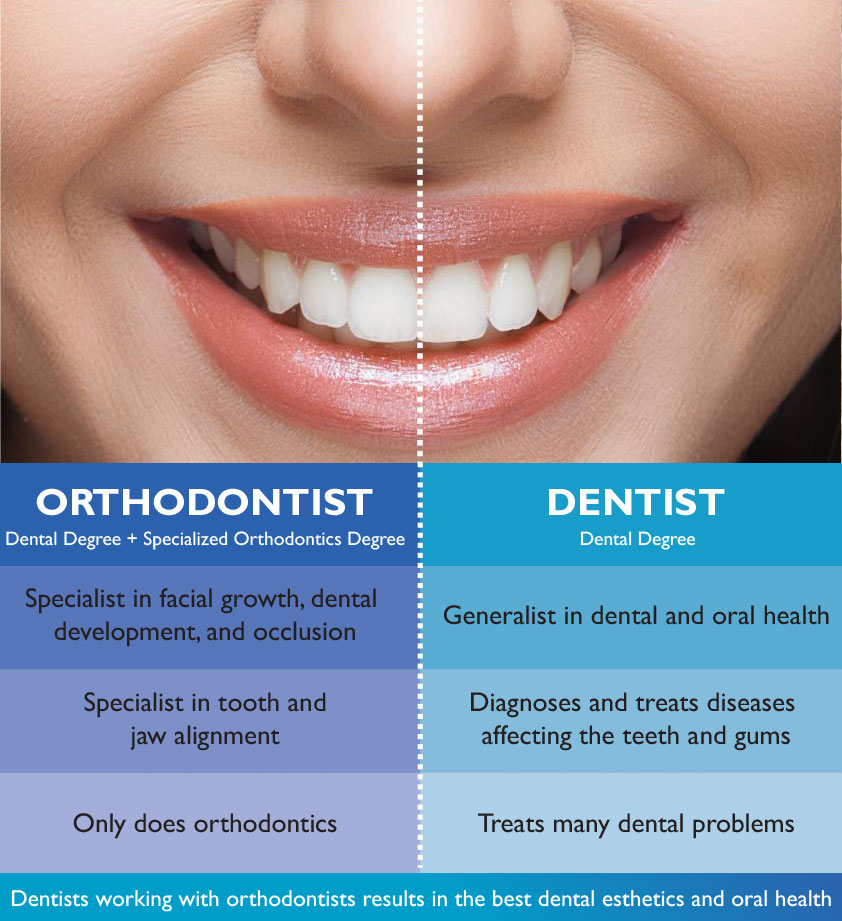The Causey Orthodontics Statements
Table of ContentsThe smart Trick of Causey Orthodontics That Nobody is DiscussingIndicators on Causey Orthodontics You Need To KnowAll About Causey OrthodonticsSome Known Facts About Causey Orthodontics.Facts About Causey Orthodontics Uncovered
Neglecting occlusal connections, it was normal to eliminate teeth for a range of oral issues, such as malalignment or congestion. The principle of an undamaged dentition was not extensively appreciated in those days, making bite correlations appear unimportant. In the late 1800s, the principle of occlusion was necessary for creating reliable prosthetic replacement teeth.As these concepts of prosthetic occlusion advanced, it became an important tool for dentistry. It was in 1890 that the job and effect of Dr. Edwards H. Angle started to be really felt, with his contribution to modern orthodontics especially noteworthy. Focused on prosthodontics, he educated in Pennsylvania and Minnesota before guiding his attention towards oral occlusion and the treatments required to maintain it as a regular condition, therefore coming to be understood as the "father of modern-day orthodontics".

The idea of suitable occlusion, as proposed by Angle and incorporated into a category system, enabled a change towards treating malocclusion, which is any discrepancy from typical occlusion. Having a complete set of teeth on both arches was very sought after in orthodontic therapy because of the need for specific partnerships between them.
A Biased View of Causey Orthodontics
As occlusion ended up being the key concern, face proportions and visual appeals were disregarded - Causey Orthodontics. To accomplish perfect occlusals without utilizing exterior forces, Angle proposed that having ideal occlusion was the most effective way to get maximum facial visual appeals. With the death of time, it came to be quite obvious that also a phenomenal occlusion was not ideal when taken into consideration from a visual viewpoint
Charles Tweed in America and Raymond Begg in Australia (that both examined under Angle) re-introduced dentistry extraction into orthodontics during the 1940s and 1950s so they could improve face esthetics while additionally ensuring better security worrying occlusal partnerships. In the postwar duration, cephalometric radiography started to be used by orthodontists for measuring changes in tooth and jaw position triggered by development and therapy. It came to be obvious that orthodontic treatment can readjust mandibular growth, leading to the formation of practical jaw orthopedics in Europe and extraoral pressure procedures in the United States. Nowadays, both useful devices and extraoral gadgets are used around the world with the purpose of changing growth patterns and forms. Going after real, or at the very least improved, jaw partnerships had actually become the major goal of treatment by the mid-20th century.
Causey Orthodontics - The Facts
 The American Journal of Orthodontics was developed for this purpose in 1915; prior to it, there were no clinical objectives to adhere to, neither any exact classification system and brackets that did not have attributes. Until the mid-1970s, braces were made by covering steel around each tooth. With developments in adhesives, it came to be feasible to instead bond metal brackets to the teeth.
The American Journal of Orthodontics was developed for this purpose in 1915; prior to it, there were no clinical objectives to adhere to, neither any exact classification system and brackets that did not have attributes. Until the mid-1970s, braces were made by covering steel around each tooth. With developments in adhesives, it came to be feasible to instead bond metal brackets to the teeth.Andrews offered an insightful definition of the optimal occlusion in long-term teeth. This has actually had purposeful results on orthodontic therapies that are carried out regularly, and these are: 1. Appropriate interarchal relationships 2. Appropriate crown angulation (suggestion) 3. Appropriate crown inclination (torque) 4. No rotations 5. Tight contact points 6. Flat Curve of Spee (0.02.5 mm), and based on these principles, he discovered a treatment system called the straight-wire device system, or the pre-adjusted edgewise system.
The advantage of the design hinges on its brace and archwire mix, which needs only minimal wire flexing from the orthodontist or clinician (orthodontist services). It's aptly called hereafter function: the angle of the slot and density of the bracket base eventually determine where each tooth is positioned with little requirement for additional manipulation
9 Simple Techniques For Causey Orthodontics
Both of these systems used identical braces for each tooth and required the flexing of an archwire in three aircrafts for locating teeth in their preferred positions, with these bends determining ultimate placements. When it comes to orthodontic home appliances, they are divided right into 2 types: detachable and repaired. Detachable appliances can be tackled and off by the client as called for.

Hence, almost all modern-day fixed devices can be thought about variations on this edgewise device system. Early 20th-century orthodontist Edward Angle made a major payment to the world of dental care. He produced 4 unique appliance systems that have actually been utilized as the basis for many orthodontic treatments today, barring a few exemptions.
All about Causey Orthodontics

The cable ended in a string, and to relocate forward, a flexible nut was made use of, which enabled for a boost in circumference. By ligation, each specific tooth was connected to this expansive archwire (orthodontist expert). Due to its minimal variety of activity, Angle was not able to achieve exact tooth positioning with an E-arch
These tubes held a firm pin, which could be rearranged at each visit in order to relocate them in position. Referred to as the "bone-growing home appliance", this contraption was supposed to encourage much healthier bone growth as a result of its capacity for moving force straight to the roots. Nevertheless, implementing it confirmed bothersome in reality.